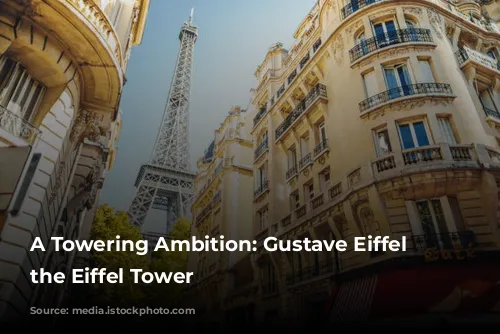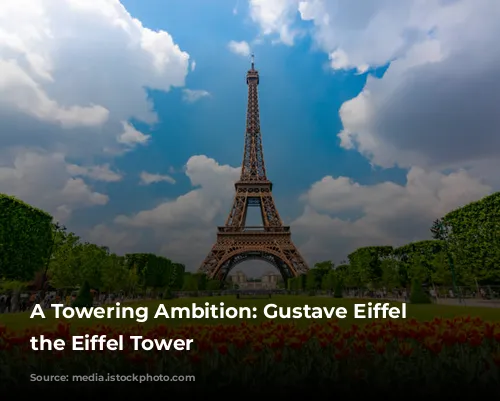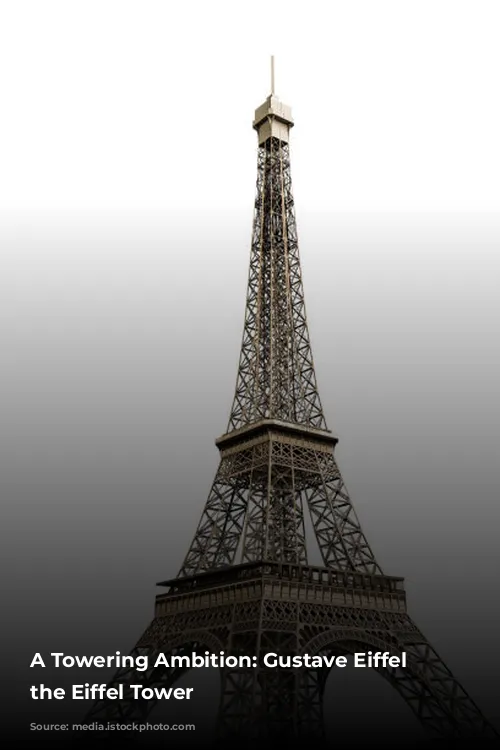The Eiffel Tower, an enduring symbol of Paris, is a testament to the visionary spirit of Gustave Eiffel. His path to this iconic achievement was paved with both triumphs and setbacks. This article explores the story behind the Tower, revealing the journey of ambition, collaboration, and financial prowess that brought this architectural marvel to life.
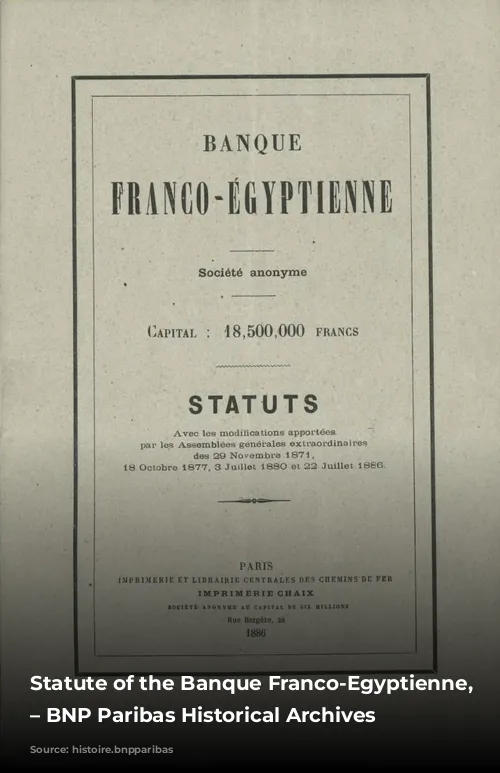
From Chemistry to Construction
Gustave Eiffel’s early aspirations centered around chemistry. He sought to inherit his uncle’s acetic acid factory, but family disputes dashed his hopes, leading him to redirect his talents. In 1856, Eiffel embarked on a new journey, joining the workshop of Charles Nepveu, a renowned engineer and builder.
Eiffel’s scientific expertise and sharp mind quickly propelled him to the forefront of Nepveu’s operations. He rose to become Nepveu’s trusted right-hand man, showcasing his skills in bridge construction, notably introducing the use of compressed air caissons for the Bordeaux bridge. Eiffel’s reputation for excellence secured him a prestigious position as an engineer with the Pauwels company in 1860.
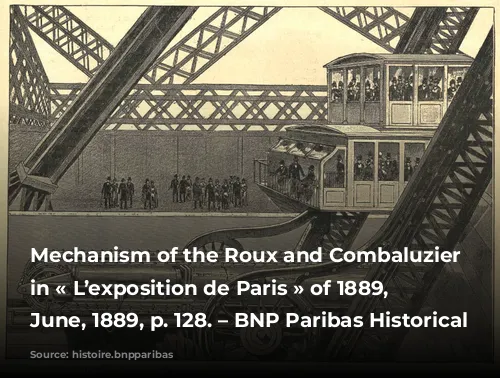
Seizing Opportunity
Eiffel’s ingenuity and rising reputation caught the attention of the organizers of the 1867 Universal Exhibition. He was entrusted with the construction of the metal structure for the Fine Arts and Archeology gallery. This opportunity marked a turning point in his career, as he seized the chance to acquire the Pauwels company and establish his own firm.
This period saw Eiffel’s involvement in numerous ambitious projects, including the metal framework for the Statue of Liberty and the Garabit Viaduct. He surrounded himself with a talented team of engineers, including Maurice Koechlin and Emile Nouguier, who would play crucial roles in his greatest triumph.
The Tower Takes Shape
The anticipation for the 1889 Universal Exhibition spurred a competition for ambitious projects on the Champ-de-Mars. Eiffel’s innovative spirit was ignited by the challenge to construct an iron tower, 300 meters high.
The initial design, conceived by Koechlin, showcased Eiffel’s unwavering dedication to technical excellence, incorporating wind resistance calculations and the box girder principle perfected in the Garabit viaduct. Eiffel, initially hesitant, was eventually won over by the vision, which was refined further by Stephen Sauvestre, another esteemed engineer.
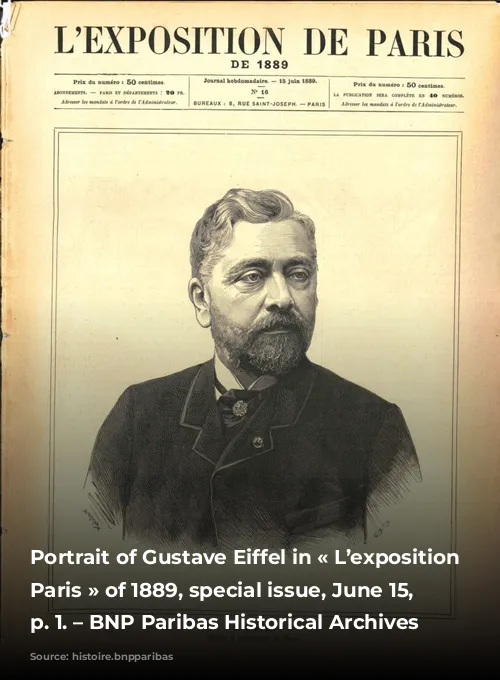
A Collaborative Triumph
Despite fierce competition from other architects and a contentious press campaign, Eiffel’s team forged ahead. They secured a patent for their innovative tower design, solidifying their commitment to realizing this ambitious project.
Financial backing was crucial to this endeavor. Public funds could only cover a portion of the construction costs, forcing Eiffel to seek external funding. He approached various banks, eventually securing a vital partnership with the Banque Franco-Egyptienne, spearheaded by Ernest May. This collaboration was a pivotal moment, paving the way for the completion of the Eiffel Tower.
A Legacy Built on Collaboration
The Eiffel Tower, a monument of engineering prowess and architectural brilliance, stands as a symbol of Eiffel’s vision, teamwork, and financial acumen. This enduring landmark was born from the collaborative efforts of a team of talented individuals, including engineers, financiers, and the unwavering support of the Banque Franco-Egyptienne. The story of the Eiffel Tower is not only a testament to Gustave Eiffel’s brilliance but also a captivating narrative of ambition, collaboration, and the power of financial partnerships to realize extraordinary dreams.


